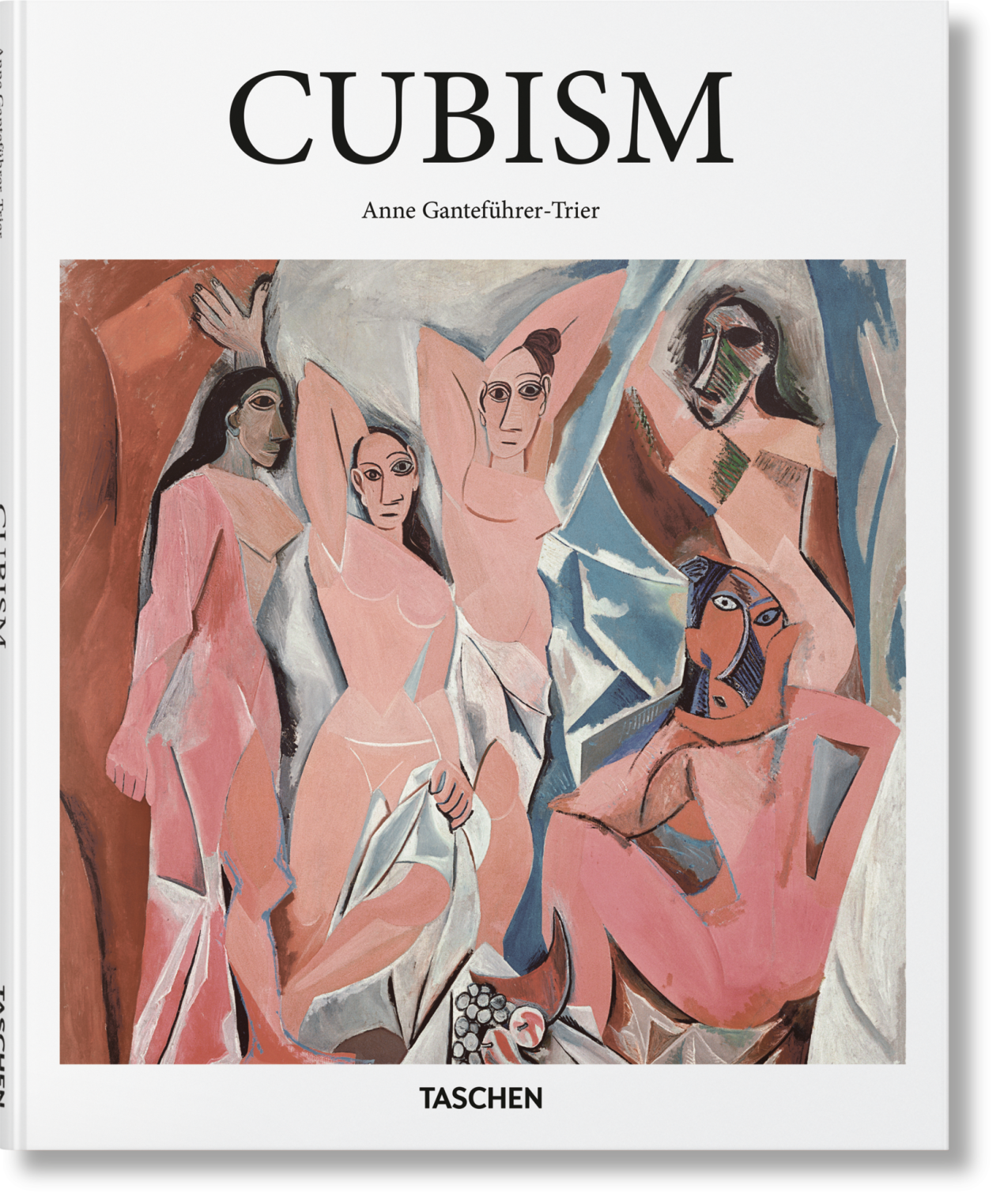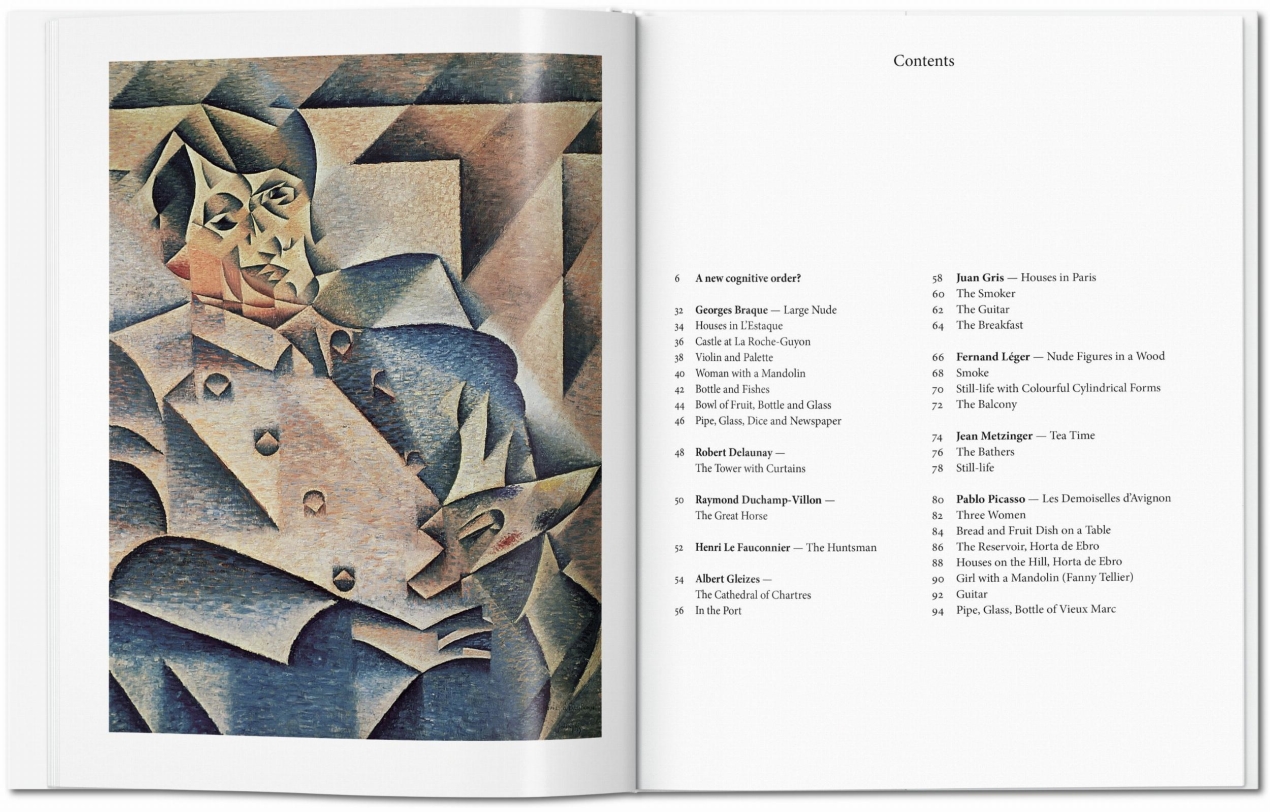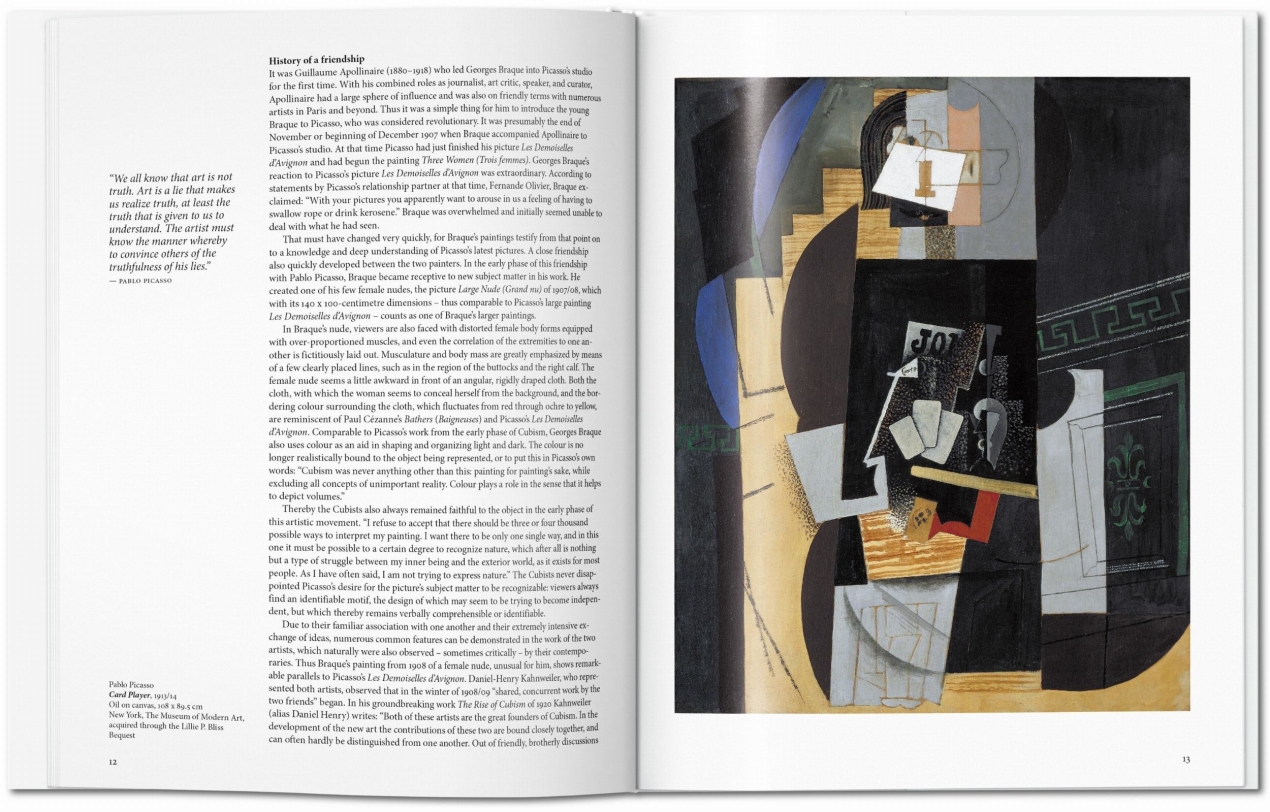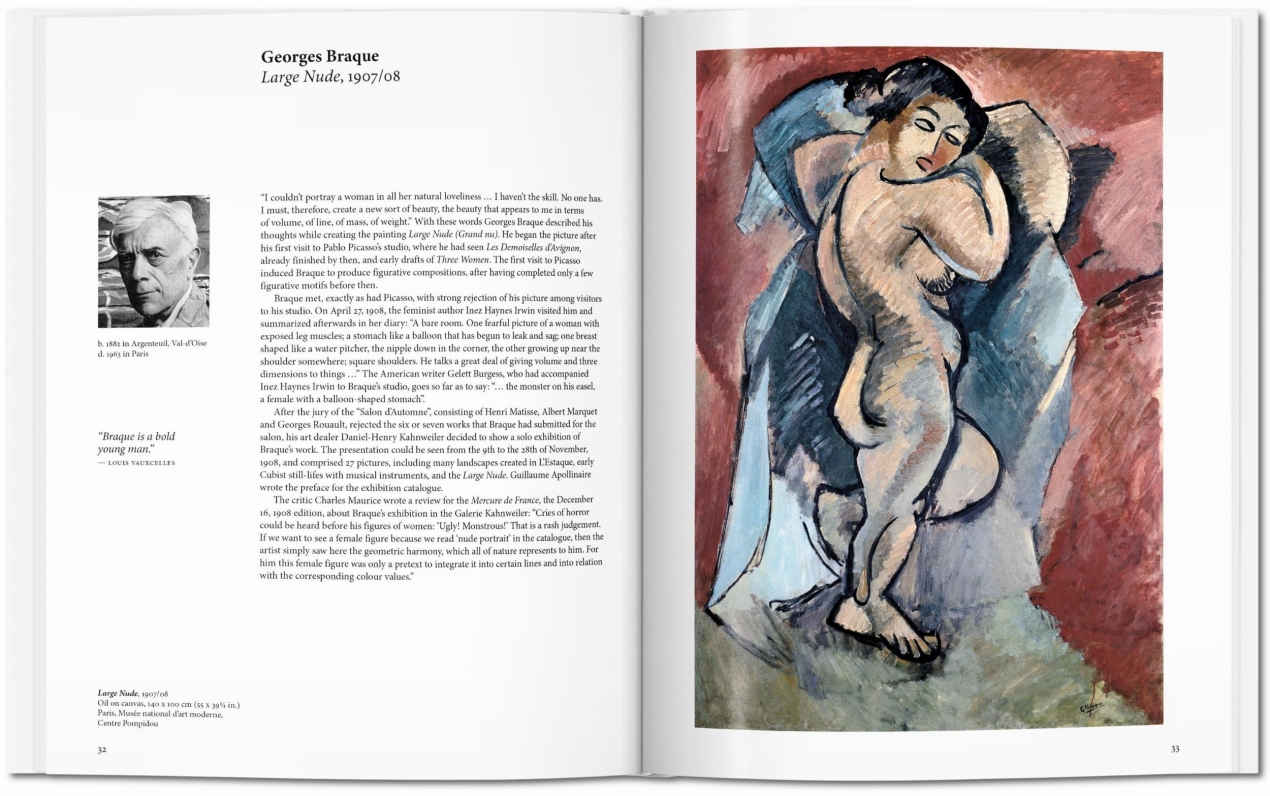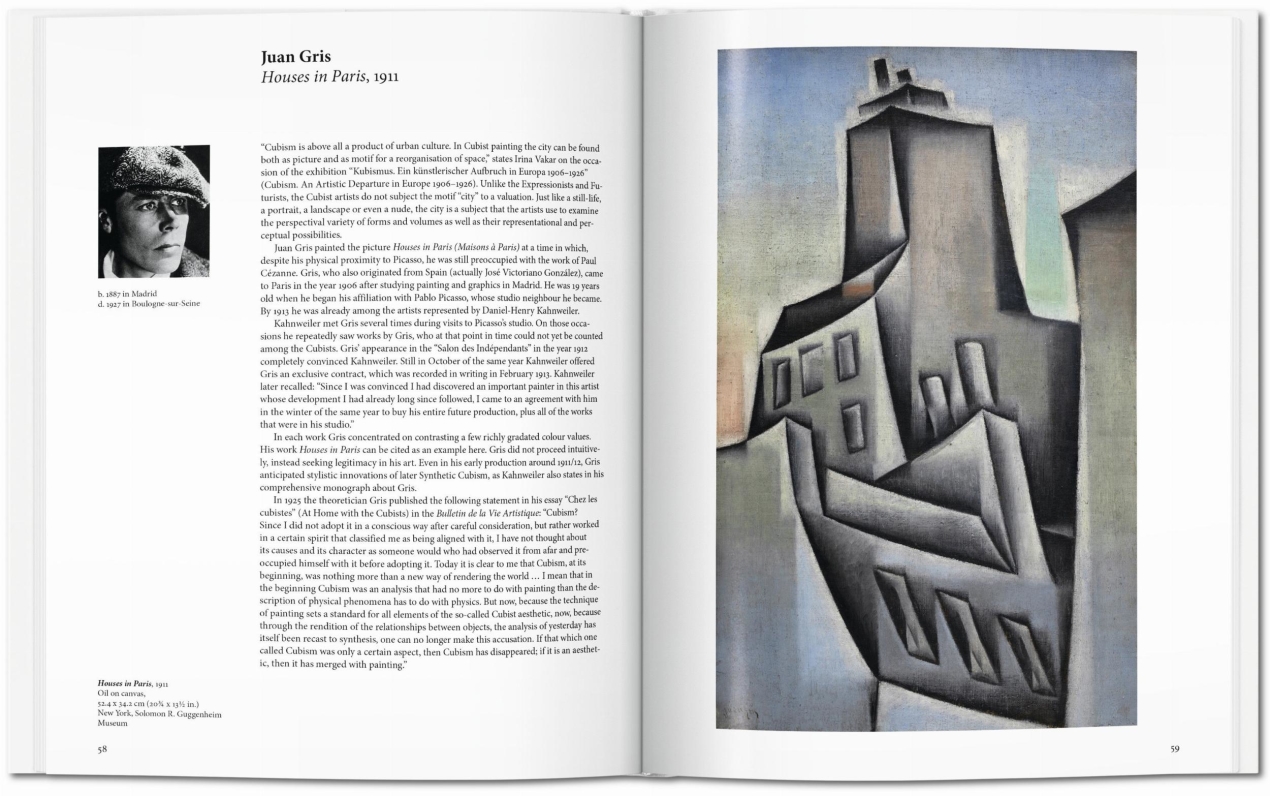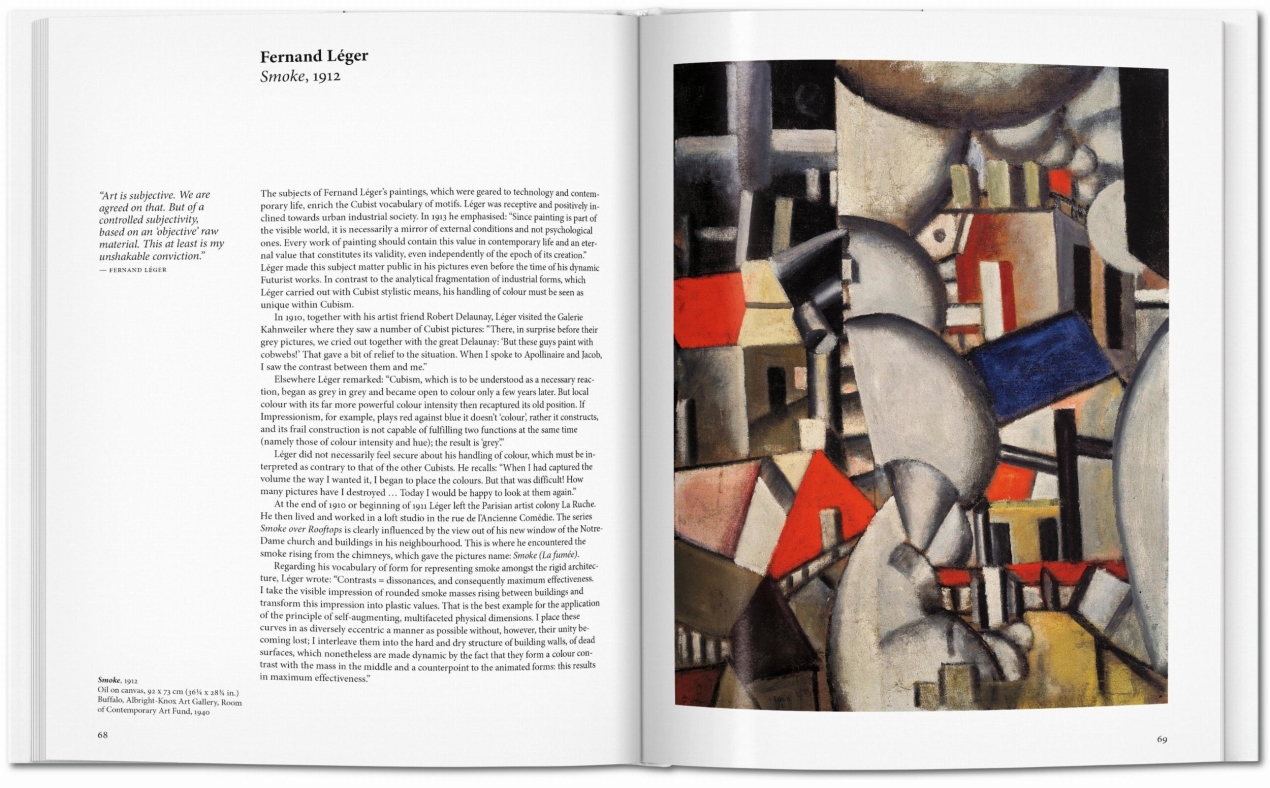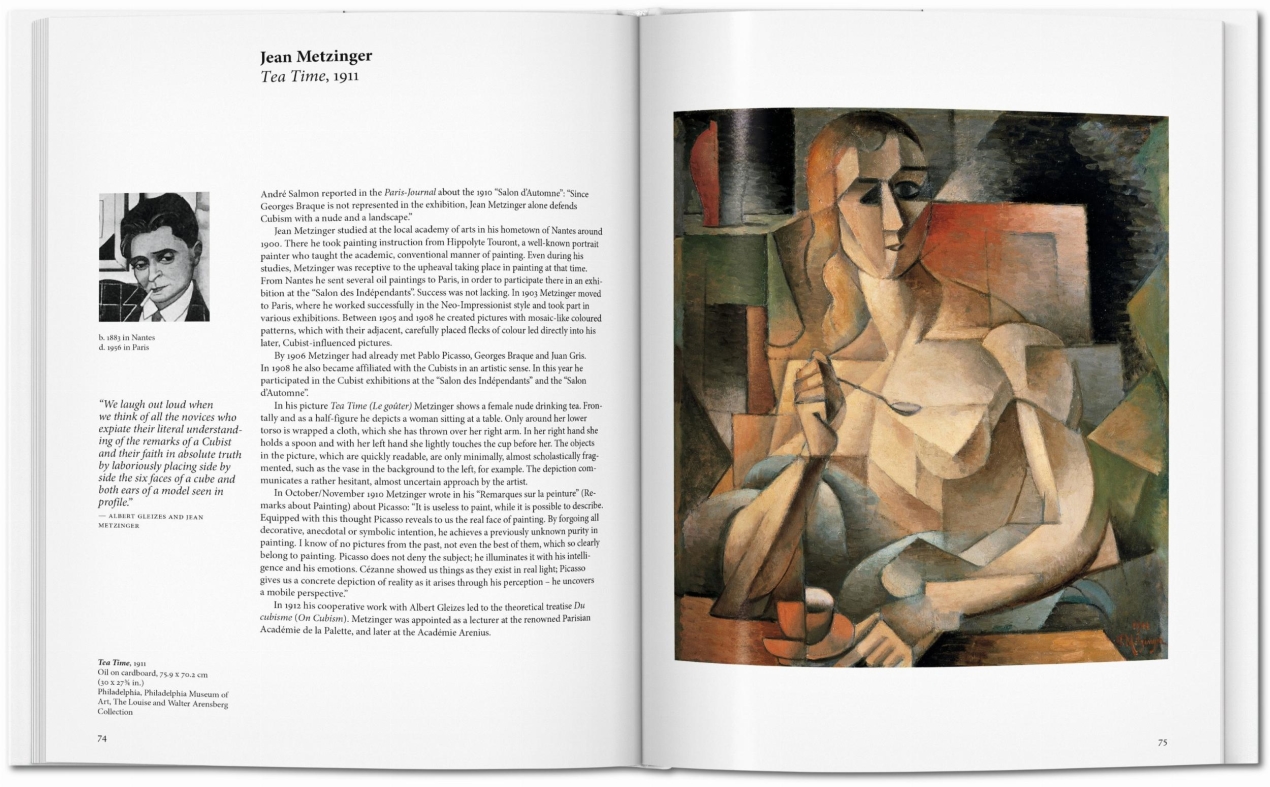1 / 7
Cubism
20
Enter your email address here and we will notify you when copies become available:
Discover the revolutionary work of Cubism, hailed as the first avant-garde movement of the 20th century. With key works from major artists, this introduction explains the history, theory, and legacy of the movement's fragmented planes, multiple perspectives, and collaged elements.
Hardcover, 8.3 x 10.2 in., 1.34 lb, 96 pages

Cubism
20Fractured Forms
Deconstructing perspective with Picasso and peers
Pioneered by Picasso and Braque, Cubism has been described as the first avant-garde art movement of the 20th century. With inspiration from African and Native American art and sculpture, its practitioners deconstructed European conventions of viewpoint, form, perspective to create flattened, fragmented, and revolutionary images.
Picasso’s celebrated painting Les Demoiselles d’Avignon is typically regarded as the original cubist work, with its radical fracturing of objects and figures into distinct areas, corresponding to multiple different viewpoints. Cubism thereafter developed two distinct trends: Analytical Cubism, which continued to interweave perspectival planes in muted blacks, greys and ochre, and later Synthetic Cubism, characterised by simpler shapes, brighter colors, and collage elements such as newspaper.
This book presents the prime protagonists of Cubism, with work from artists including Pablo Picasso, Georges Braque, Fernand Léger, Juan Gris, Albert Gleizes, and Robert Delaunay.
Picasso’s celebrated painting Les Demoiselles d’Avignon is typically regarded as the original cubist work, with its radical fracturing of objects and figures into distinct areas, corresponding to multiple different viewpoints. Cubism thereafter developed two distinct trends: Analytical Cubism, which continued to interweave perspectival planes in muted blacks, greys and ochre, and later Synthetic Cubism, characterised by simpler shapes, brighter colors, and collage elements such as newspaper.
This book presents the prime protagonists of Cubism, with work from artists including Pablo Picasso, Georges Braque, Fernand Léger, Juan Gris, Albert Gleizes, and Robert Delaunay.
The author
Anne Ganteführer-Trier studied art history, German literature, and modern history in Bonn. She was curator of various exhibitions, for example, on August Sander, Candida Höfer, and Jeff Wall, as well as at the Photographische Sammlung/SK Stiftung Kultur, Cologne (August Sander Estate). She works as a freelance author and is representative for photography and contemporary art at Villa Grisebach Auctions.
Cubism
Hardcover, 21 x 26 cm, 0.61 kg, 96 pagesISBN 978-3-8365-0539-0
Edition: EnglishDownload product images here
Born back in 1985, the Basic Art Series has evolved into the best-selling art book collection ever published. Each book in TASCHEN’s Basic Art History series features:
approximately 100 color illustrations with explanatory captions
a detailed, illustrated introduction
a selection of the most important works of the epoch, each presented on a two-page spread with a full-page image and accompanying interpretation, as well as a portrait and brief biography of the artist
No reviews have been posted for this item yet. Be the first to rate this product.

